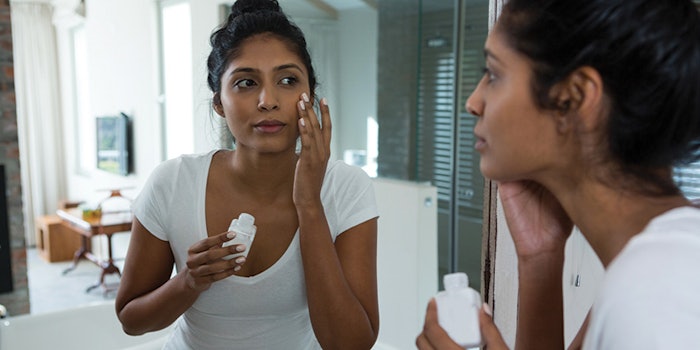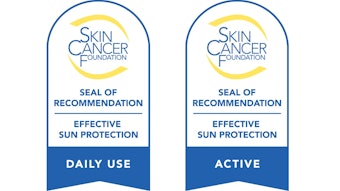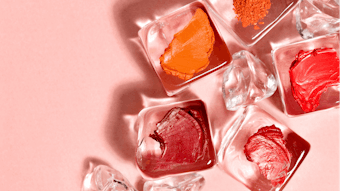
Simple products that support skin health have perhaps never felt more necessary to consumers than right now. Vitamin C serum and skin serums in general have, thus far, climbed to the top of Google searches in the U.S. in 2021, registering 1,479,630 and 3,000,110, respectively.1 Not surprisingly, hand cream is projected to be the next essential product, with 1,048,340 searches—equating to 141% growth, SkinStore reports.1 Notably, “glowing” skin care product claims also were shown to generate 3.2× more sales, and interest in men’s skin care has risen 400% in the past five years.1
Across the pond, UK sales in anti-acne serum increased by 51% in 2020, attributed to frequent mask-wearing, but sales in prestige skin care declined 23% as consumers embraced minimalistic solutions.2 According NPD, the basics such as face creams, cleansers and exfoliators remain strong while add-ons, such as eye treatments and masks, declined to minimize routines and spending.2
The Asian skin care market, according to Statista,3 is projected to reach US ~$64.2 billion in 2021, expanding at a CAGR of 5.72% from 2021 to 2025. Here, 72% of sales will be attributed to non-luxury goods. Euromonitor adds that across the region, skin health, pollution and the stress of urban living have encouraged the use of skin care and greater interest in ingredients.4
These market indicators tell us consumers want two things from skin care: health and simplicity. In parallel, the current Cosmetics & Toiletries offers both, with a closer look at fundamental aspects of skin health and a “back to the basics” for skin care formulating. For example, Pappas (Page 34) considers differences in lipids across age and ethnicity, while Baki (Page 50), Paetzold (Page 32) and Santoni (Page 24) explore facets of the skin microbiome.
In formulation work, Lionetti (Page 52) gives us a primer on pH, while Meyer (Page 58) proposes a sun protection + antioxidant approach for holistic skin care and health. In addition, Expert Opinions (Page 16) describe ways to restore skin homeostasis, while Steventon (Page 18) makes the mind-skin connection and proposes skin care targets to reduce stress. Finally, we continue our “preservation during production” discussion (Page 42) with case studies in raw materials. We hope you find this issue simply inspiring.
Rachel L. Grabenhofer, Managing Editor
- https://www.gcimagazine.com/marketstrends/segments/skincare/SkinStores-Skin-Care-Report-An-Analysis-of-Beauty-in-the-US-574090851.html
- https://www.gcimagazine.com/marketstrends/regions/westerneurope/Study-UK-Consumers-Embrace-Minimal-Skin-Care-574121361.html
- https://www.statista.com/outlook/cmo/beauty-personal-care/skin-care/asia
- https://www.euromonitor.com/skin-care-in-asia-pacific/report











